Introduction
Waste sorting at home is one of the simplest yet most effective actions that can be taken to protect the environment. This practice not only reduces environmental pollution but also conserves natural resources and facilitates recycling. In this article, we will provide a step-by-step guide to waste sorting at home and share important tips for doing it correctly.
Why is Waste Separation Important?
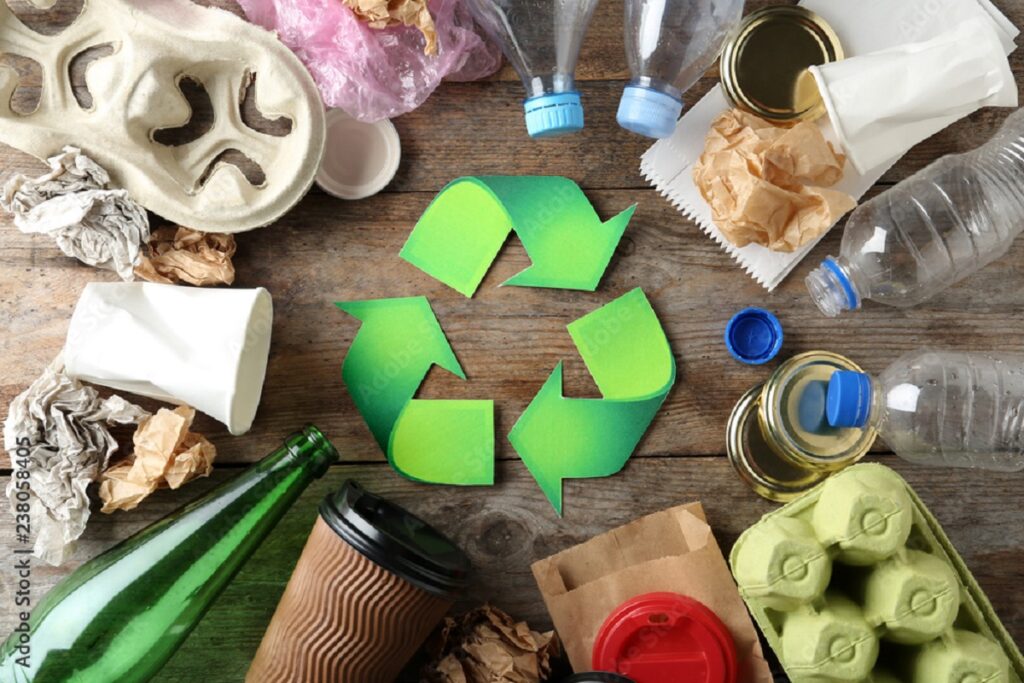
Types of Household Waste and How to Sort Them
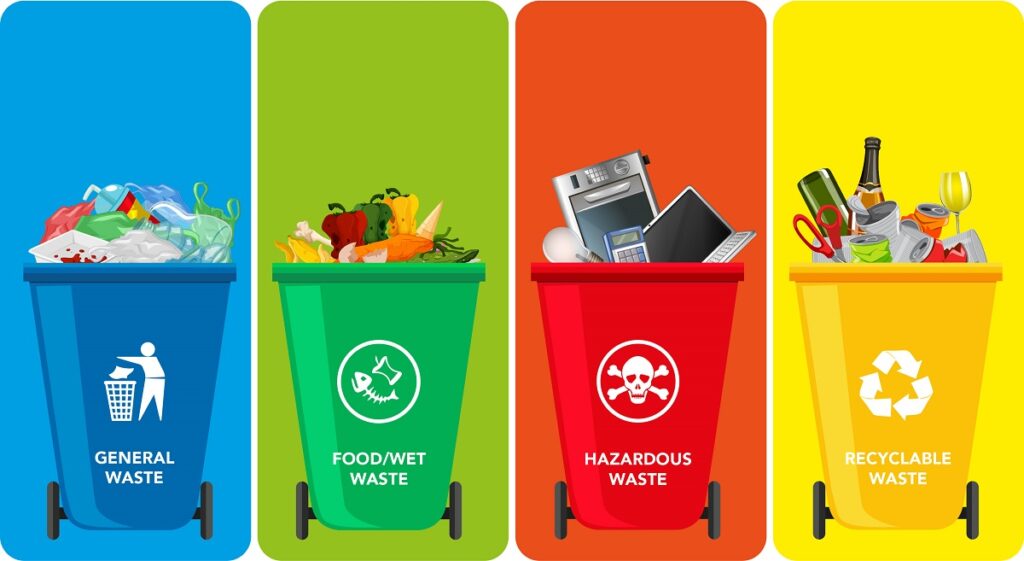
This category includes food scraps, fruit and vegetable peels, and other biodegradable materials. The best way to manage this type of waste is through composting, which can be used as natural fertilizer for plants.
- Dry Waste
Dry waste includes materials that are recyclable and includes the following:
Paper and cardboard: Newspapers, books, packaging boxes, and clean paper towels.
Plastic: Beverage bottles, plastic containers, and plastic bags.
Metals: Aluminum cans, bottle caps, and other metal items.
Glass: Glass bottles and jam jars.
One of the key steps in waste sorting is separating these dry materials from other waste for recycling. This helps reduce environmental pollution and conserve natural resources.
- Hazardous Waste
This type of waste includes materials that can harm the environment and human health if not disposed of properly:
Used Batteries
Energy-saving and fluorescent lamps
Expired Medications
Chemicals and Industrial Cleaners
In the waste sorting process, special attention to this type of waste is crucial to prevent environmental damage.
How to Sort Your Waste at Home?
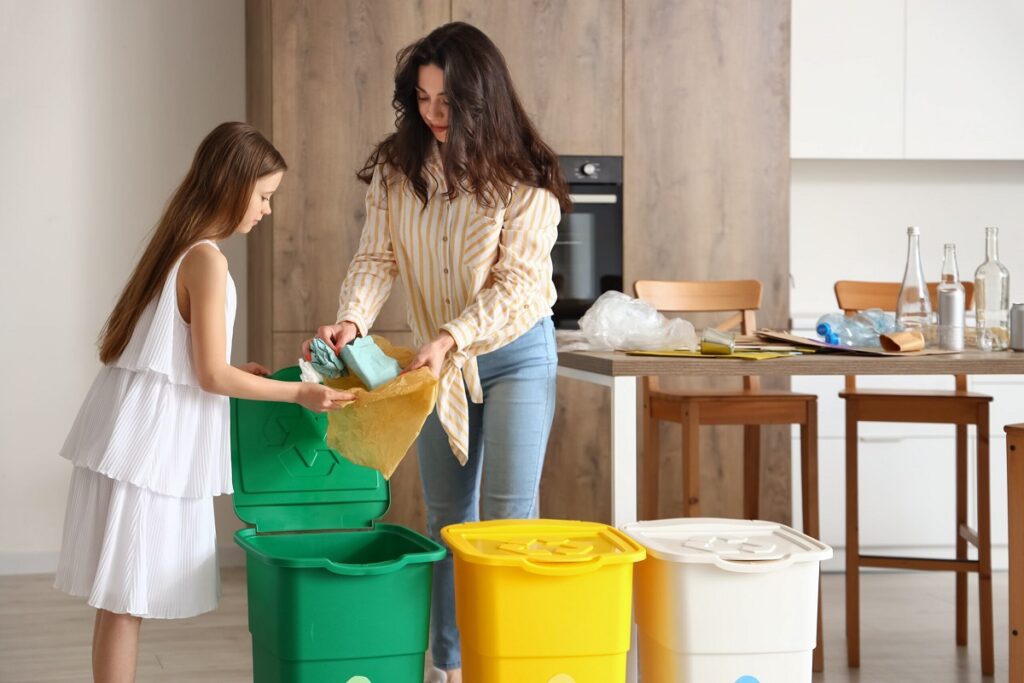 Step 1: Designate an Appropriate Area for Waste Sorting
Step 1: Designate an Appropriate Area for Waste SortingDesignate a specific area in your home or kitchen for waste sorting bins. It is recommended to have at least three bins for organic waste, dry waste, and hazardous waste.
Step 2: Use Colored Bags and Bins
To make sorting easier, you can use colored bins:
- Green: Organic (Wet) Waste
- Blue: Paper and Cardboard.
- Yellow: Plastic and Metals.
- Red: Hazardous Waste.
Step 3: Sort Waste at the Point of Generation
The best way to prevent waste from mixing is to sort it at the moment of production. For example, when you’ve finished a bottle of mineral water, immediately dispose of it in the appropriate bin.
Step 4: Clean and Compress Dry Waste
To prevent bad odors and contamination, rinse dry waste items like plastic bottles and metal cans, and compress them as much as possible to take up less space.
Step 5: Deliver Sorted Waste to Recycling Centers
In many cities, there are recycling centers that collect sorted waste. Some of these centers even offer rewards such as cash or shopping vouchers in exchange for delivering recyclable waste.
Challenges of Waste Sorting at Home and Solutions
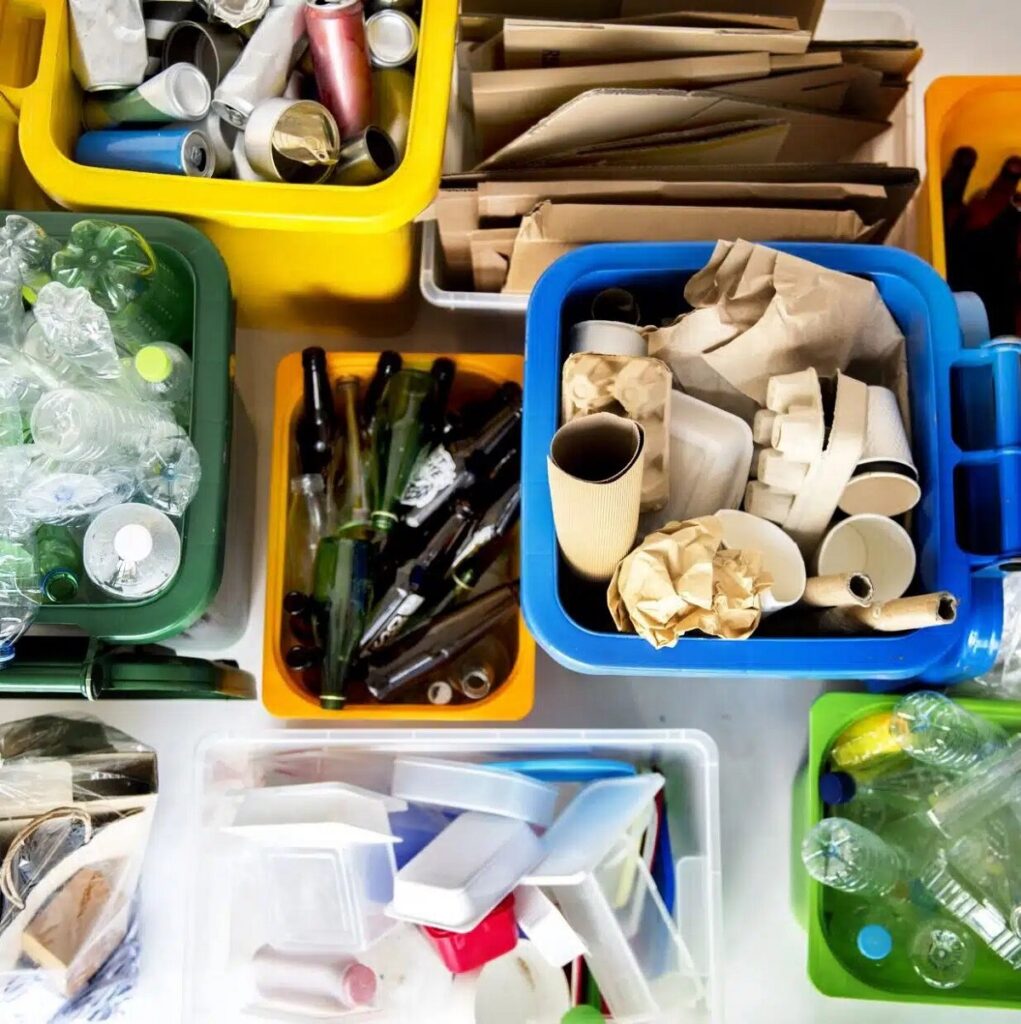 Challenge 1: Lack of Awareness and Education
Challenge 1: Lack of Awareness and EducationMany people still don’t know how to properly sort their waste. Solution: Online educational resources, posters, and workshops can be used to raise public awareness.
Challenge 2: Lack of Proper Facilities in Some Areas
In some areas, there are no proper facilities for collecting sorted waste. Solution: Collaborate with municipalities and environmental organizations to establish appropriate infrastructure.
Challenge 3: Time-Consuming Waste Sorting
Some people believe that waste sorting is time-consuming. Solution: Using colored bins and sorting waste at the point of generation can make the process simpler.
Our Role in Reducing Waste Production
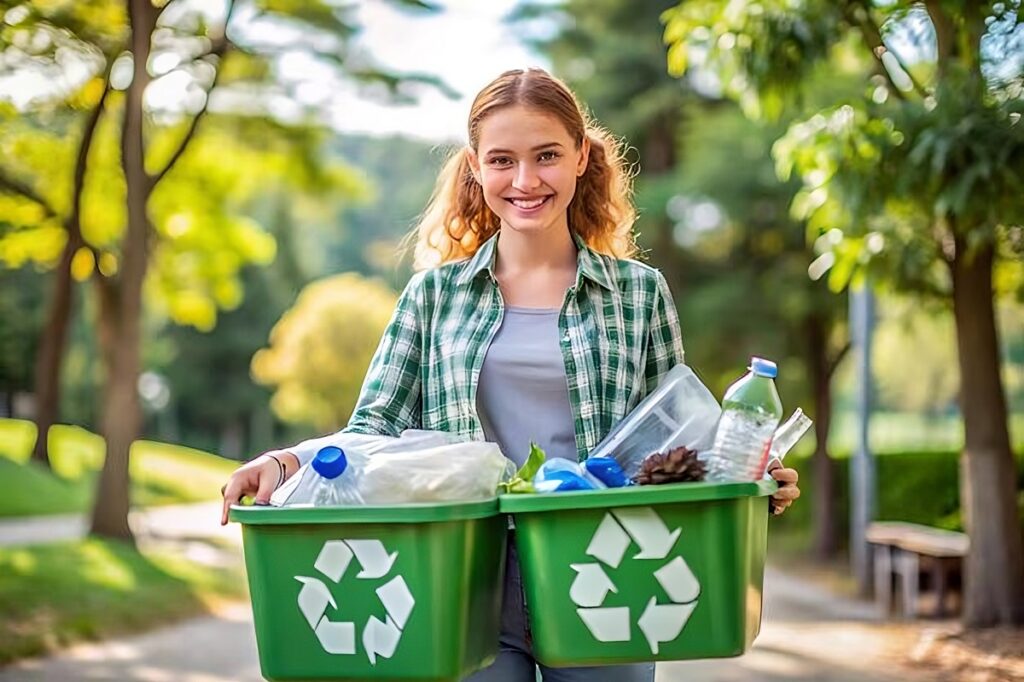
Conculsion
Waste sorting at home is an important step for environmental preservation and pollution reduction. This simple action can have a big impact on waste management and reducing unnecessary waste production. By implementing the methods mentioned in this article, we can contribute to creating a cleaner and healthier world. Let’s make waste sorting a daily habit starting today!
